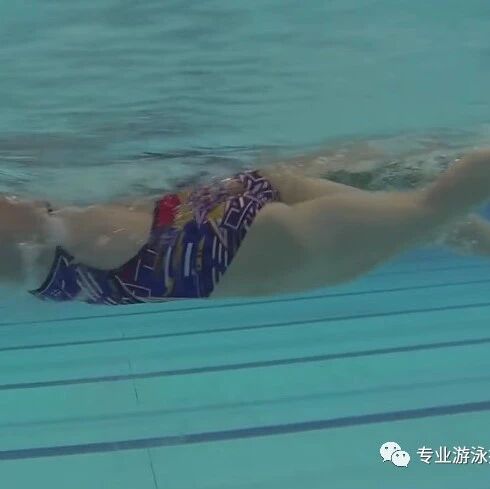One hour of nonstop freestyle swimming—practice breathing like this for effortless and efficient results.
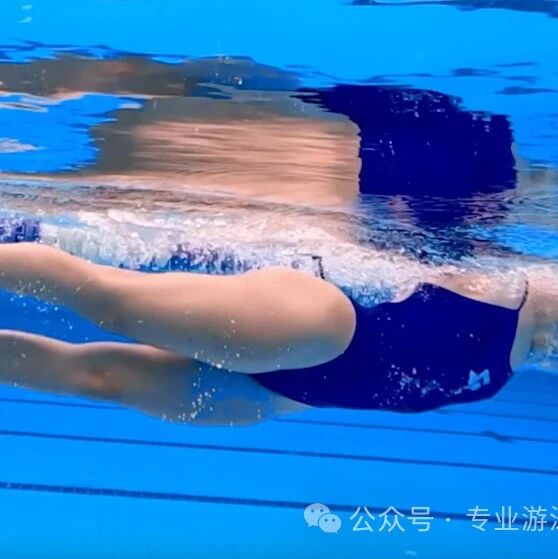
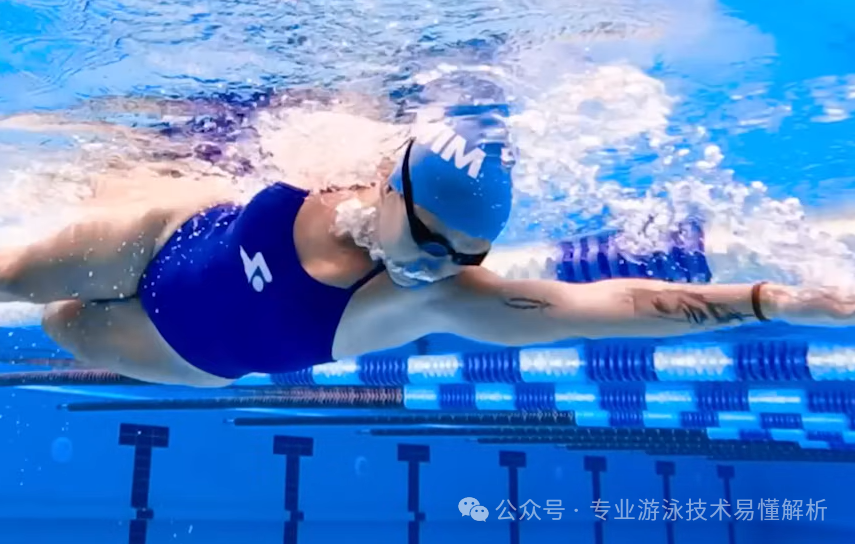
While this might raise some skepticism—after all, couldn’t you technically swim breaststroke endlessly without stopping?—why then would anyone claim that breaststroke breathing hasn’t been fully mastered? In fact, no matter the swimming style, the fundamental mechanics of breathing remain the same as when you’re on land: you still breathe through your mouth and nose. The only difference is that in swimming, breathing happens naturally—passively inhaling through your mouth and exhaling through both your mouth and nose. It’s simply a matter of adapting to the unique rhythm of the stroke. Yet, the true benchmark for mastering swimming breath control remains identical to land-based breathing: it must feel natural, effortless, and virtually imperceptible.
No matter the type of exercise or swimming stroke, if oxygen supply can’t keep up with the energy demands of the movement, the activity cannot be sustained. In other words, as long as oxygen delivery matches the body’s needs—whether it’s freestyle or even butterfly—you can swim continuously for an extended period—provided you relax, slow down your pace, and carefully manage the oxygen consumption associated with each movement.
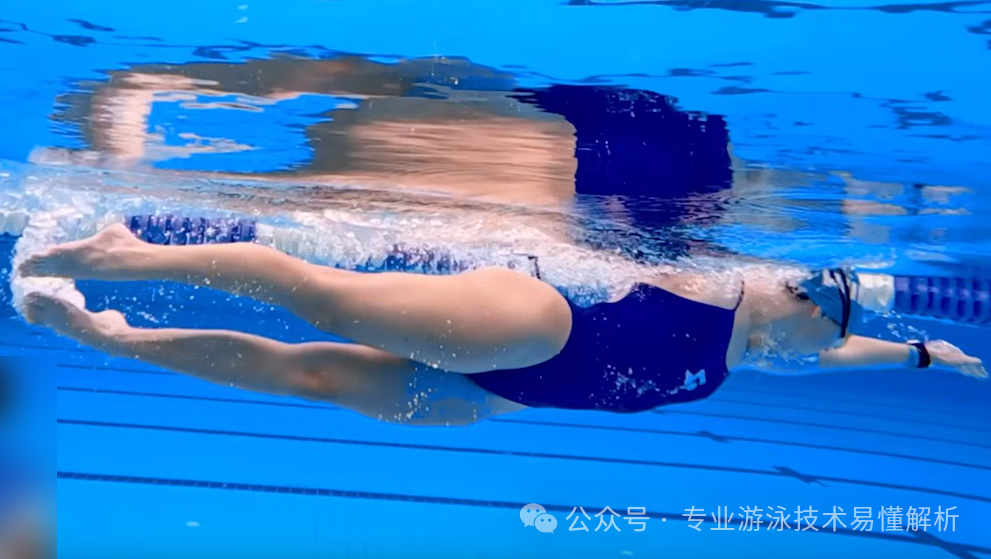
1. Breathing is a matter of habit, so we need to allow the nose and mouth some time to adjust.
When I first started learning to swim, even a tiny accidental intake of water through my nose or mouth would leave me choking and uncomfortable for ages. But after spending more time in the water, those moments of choking didn’t feel nearly as bad anymore. And as I swam more often, figuring out whether to swallow the water—or quickly spit it out when the chance arose—became almost second nature. Even getting water up my nose stopped feeling like a battle; now, the water seemed to flow naturally—not rushing into my airways, but instead trickling calmly from my nasal passages straight into my mouth. It was as if the water had finally learned to cooperate. These seemingly effortless skills, after all, are simply honed with time and practice.
Additionally, after swimming continuously for a long time, your throat tends to get dry. It feels perfectly natural to pause briefly underwater to catch your breath and swallow some saliva to moisten your throat. What’s even more remarkable is that when you open your mouth underwater, water doesn’t actually enter your stomach—so much so that coughing in the water doesn’t bother you at all. And surprisingly, keeping your eyes open underwater has no noticeable effect, even though your nearsightedness makes it impossible to see clearly.
These passive skills all come naturally with practice—swimming breath control is no exception. Start by exhaling as soon as you enter the water, and then let your mouth open naturally to passively inhale when you surface. The rest will develop over time. First, you need to overcome any fear of difficulty, while also cultivating the patience to make steady, incremental progress—remember, quick results aren’t always the goal.
No matter how impressive a martial arts master’s external skills may be, they must always be paired with equally strong internal cultivation. And let’s face it—this internal strength essentially begins with breath control, or what’s known as "tui na gongfu": coordinating fluid, rhythmic exhalations with precise, dynamic movements and techniques. The same principle applies to swimming. When you need a powerful, explosive burst of speed—like a short, intense sprint—you gather your energy deep in the dantian, consciously holding your breath and channeling that stored power to propel yourself forward with maximum force. On the other hand, for longer-distance swimming, you focus on steady, controlled breathing: gently exhaling through your mouth underwater, then quickly releasing any remaining air—whether through your mouth or nose—in one smooth, decisive motion as you break the surface. Of course, the speed and rhythm of your exhalation must align perfectly with the intensity and pace of your strokes; for instance, when pushing through the water rapidly, your exhale should match the quickness of your arm movements. The key is to maintain a natural, comfortable breathing pattern that feels effortless yet efficient throughout your swim.
Some swimmers, after turning their heads to breathe, quickly push off the water as they re-submerge—forgetting to exhale properly right before entering the water. This leads to a brief pause in exhalation, and over time, as stale air builds up in their chests, they eventually lose the ability to swim smoothly, forcing them to stop and catch their breath instead.
Solving this issue isn’t difficult—simply alternate between freestyle and breaststroke. For example, if you start feeling out of breath after swimming 200 meters of freestyle continuously, switch to 100 meters of breaststroke, then return to 100 meters of freestyle without pausing. Once you’ve completed this cycle, repeat by swimming another 100 meters of breaststroke followed by 100 meters of freestyle. Continue alternating like this for at least one hour straight. After sticking with this routine for one to two weeks, you’ll find that you can comfortably swim freestyle for an entire hour, and your breathing will no longer cause you to gasp or feel out of breath during the transition.
Freestyle breathing inevitably affects the arm stroke, the degree of body rotation, the overall coordination of the entire body, and the ability to maintain a smooth swimming rhythm. Therefore, rather than viewing bilateral breathing as simply practice for improving breath control, it’s more accurate to say that bilateral breathing aims at enhancing symmetry between the left and right sides of the body, thereby promoting better balance in lateral strength and refining your sense of rhythm.
When practicing freestyle, you can breathe on both sides—but the goal isn’t to improve your breathing technique. Instead, it’s about feeling how the head-turning motion during breathing affects your arm strokes and your overall swimming rhythm. This can be analyzed using performance data tracked by a professional sports watch.
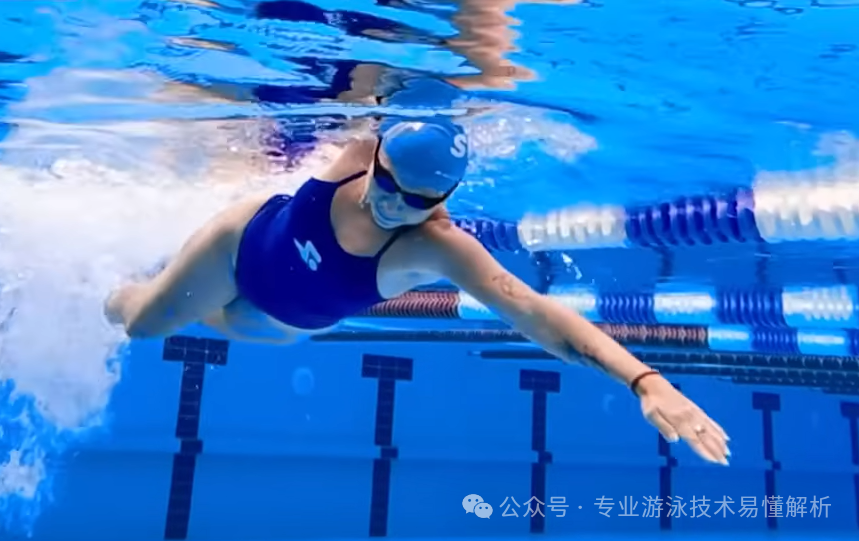
In actual swimming, especially in open-water environments outdoors, the "two strokes followed by one breath" technique is practically standard. As for whether to breathe on the left or right side, that depends on the situation. Even if you’re capable of taking multiple strokes without pausing for a breath, it’s still not recommended to skip breathing altogether. Conserving your air and energy is part of respecting the water—after all, many unexpected dangers are narrowly avoided precisely because swimmers have enough reserve breath and stamina to react in time.
At the end of the text
Thank you for your supportive and encouraging likes—especially appreciated are comments that spark conversation, as well as more shares to spread the word!
Related Articles

Finished a one-hour swim session at noon.
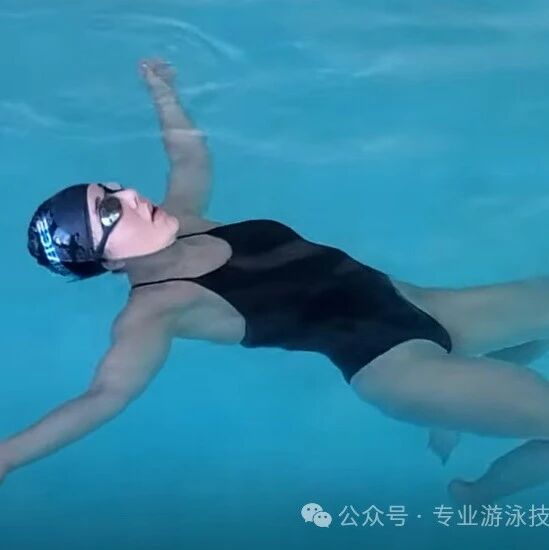
There are two types of people who drown: one mistakenly believes they can swim, and the other has lost their respect for the water.
